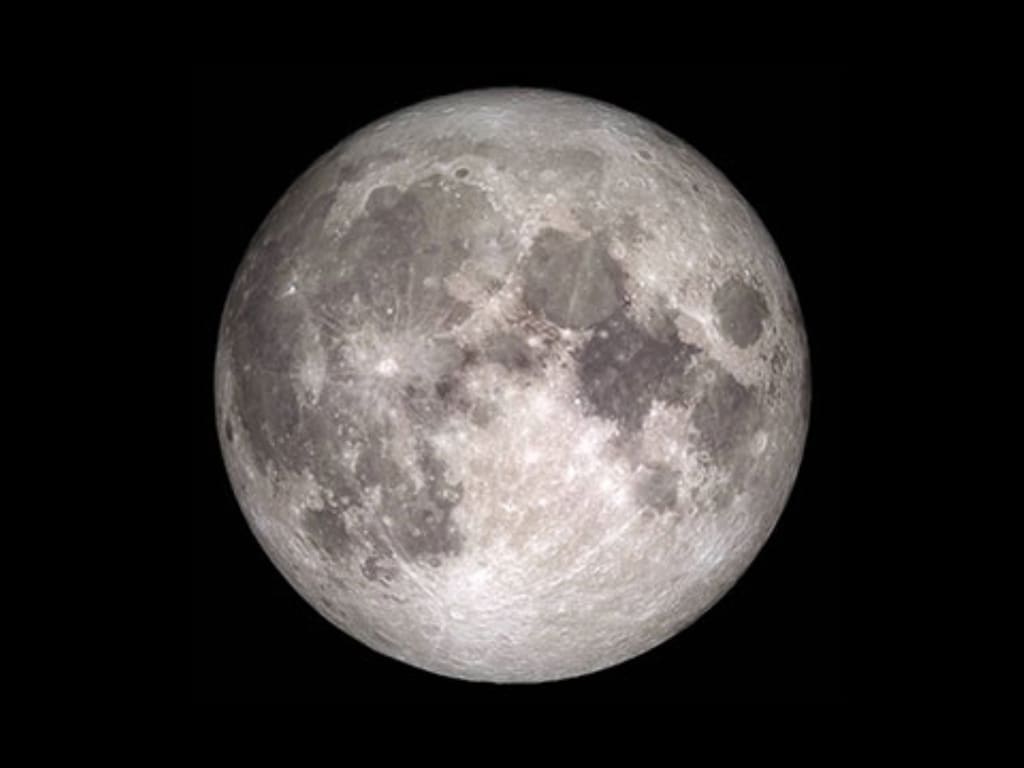What will happen if the moon is gone?
What will happen if the moon is gone?

The moon, Earth's natural satellite, holds a crucial role in our planet's existence.
The Moon has a diameter that is roughly one-quarter the size of Earth, comparable to the width of Australia. This makes it the fifth largest satellite in the Solar System and the largest and heaviest relative to its parent planet. Additionally, it is bigger than all identified dwarf planets in the Solar System. The Moon is a planetary-mass entity with a differentiated rocky body, classifying it as a satellite planet under geophysical definitions. It does not possess a significant atmosphere, hydrosphere, or magnetic field. Its surface gravity is 0.1654 g, which is about one-sixth of Earth's. Jupiter's moon Io is the only known satellite in the Solar System with a greater surface gravity and density. The Moon orbits Earth at an average distance of 384,400 km (238,900 mi), which is about 30 times the diameter of Earth. Its gravitational impact is the primary force behind Earth's tides and gradually lengthens Earth's day. The Moon's sidereal period, which is the time it takes to orbit Earth once, is roughly 27.3 days. Every synodic period of 29.5 days, the amount of visible surface illuminated by the Sun varies from none to 100%. This results in lunar phases that serve as the basis for the months of a lunar calendar. The Moon is tidally locked to Earth, which means its same side (the near side) always faces Earth because the length of its full rotation on its axis is equivalent to the synodic period. Because of cyclical perspective shifts (libration), 59% of the lunar surface is visible from Earth. According to the prevailing theory, the Moon came into existence approximately 4.51 billion years ago, shortly after the formation of Earth. This occurred due to a colossal collision between Earth and a theoretical, Mars-sized object referred to as Theia, resulting in debris that eventually formed the Moon. Over time, the Moon moved further away from Earth due to the interaction of tides. The dark volcanic maria, or "seas," are visible on the Moon's near side and occupy the areas between the ancient bright highlands and significant impact craters.
Its reflective surface provides light during the night, and its gravitational force creates tides in the oceans. In the event of its sudden disappearance, the night sky would become even darker, causing confusion for nocturnal animals like owls who rely on moonlight to hunt. This would lead to ecological imbalance and the extinction of many predatory animals. The absence of the moon would also disrupt oceanic currents, threatening the survival of marine animals and making water surfing impossible for those living near the oceans. Furthermore, the 24-hour day-night cycle would be disrupted, potentially causing chaos for Earth's inhabitants.
The Earth's rotation around its axis for a full 24-hour day is solely due to the gravitational pull of the moon. Without the moon, the Earth would spin at a rate three to four times faster, resulting in days lasting only 6 to 8 hours. The high speed of rotation would cause winds up to 480 kilometers per hour, which would detach anything not attached to bedrock, including animals and birds. Additionally, the Earth's tilted position, which is stabilized by the moon, is responsible for the changing seasons and climate cycle. Without the moon's stabilizing effect, the Earth's tilt could vary drastically, causing extreme weather patterns. Lastly, the moon's craters are evidence of its shielding effect, which protects the Earth from incoming asteroids and comets. If the moon were to disappear, many asteroids and comets could strike the Earth's surface, leading to a potential extinction level event. Therefore, we should be grateful to the moon for everything it does for us. It is interesting to note that the moon was formed when a rock collided with the Earth. Additionally, the moon's surface may appear dark, but the Moonlight we see is actually the Sun's reflection.
About the Creator
Enjoyed the story? Support the Creator.
Subscribe for free to receive all their stories in your feed. You could also pledge your support or give them a one-off tip, letting them know you appreciate their work.





Comments
There are no comments for this story
Be the first to respond and start the conversation.